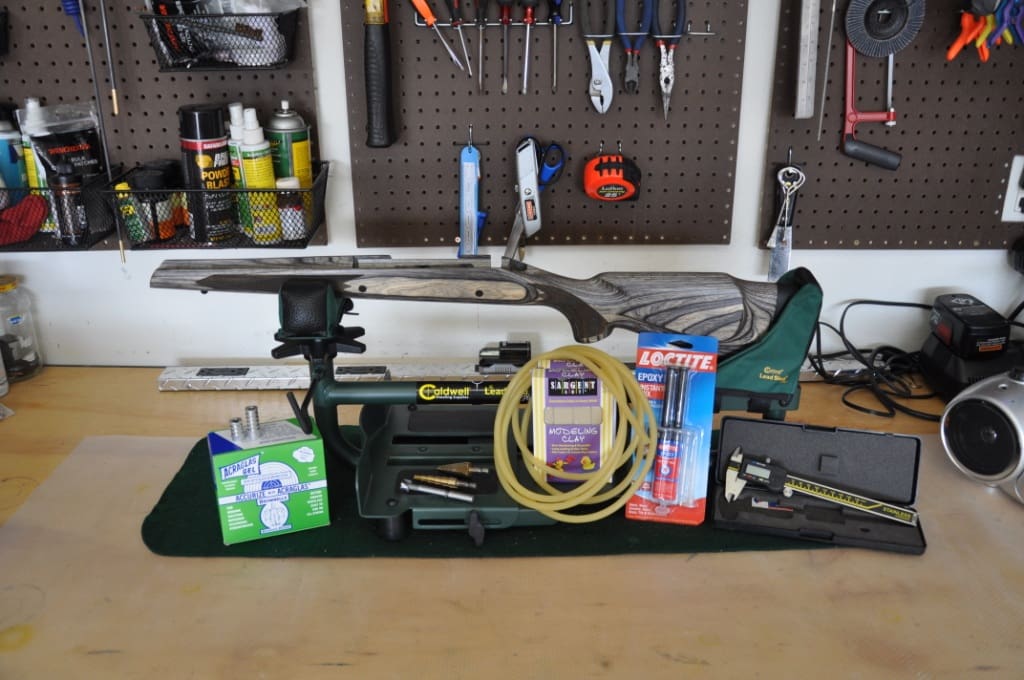 Part’s I and II are done and now it’s “arts & crafts” time. I must admit, the thought of ruining my favorite elk and javelina gun initially didn’t sit well with me. But, I’m confident in my abilities and promised myself that I would take my time. If you read Part II, you know that I switched up my testing order. I originally wanted to test the pillar-bedded rifle in Part II. However, fate intervened and here we are. It took some time to find all of the required tools and supplies needed to bed the action. But with everything in hand, let’s get on with it…
Part’s I and II are done and now it’s “arts & crafts” time. I must admit, the thought of ruining my favorite elk and javelina gun initially didn’t sit well with me. But, I’m confident in my abilities and promised myself that I would take my time. If you read Part II, you know that I switched up my testing order. I originally wanted to test the pillar-bedded rifle in Part II. However, fate intervened and here we are. It took some time to find all of the required tools and supplies needed to bed the action. But with everything in hand, let’s get on with it…
If you can’t make everything out from the picture, here’s a list of what I used for the bedding project:
- Acraglas Gel Bedding Kit
- Pillar Bedding Sleeves
- 9/16” Forstner Bit
- (10ft) 3/8” Latex Surgical Tubing
- 1-lb Modeling Clay
- Loctite (or similar) 2-part epoxy (5-min)
- Calipers
- Step-bits
- Gun vise (I used my new Lead Sled Plus)
- ½” chisel
- Misc hand tools (e.g. brass hammer, punches, X-acto knife)
- Optional: Dremel with various bits
Bedding the Remington BDL starts by disassembling the rifle; this should only require basic hand tools. Some choose to leave the scope on their rifles during the bedding process. I removed mine, but left the Leupold 1-piece base installed. I’m not sure if it imparts enough torque to flex the action, but it does provide a nice “handle” to pull the action out of the stock during stock preparation. The stock trigger needs to be removed and all of the exposed holes need to be filled with modeling clay (or plumber’s putty).
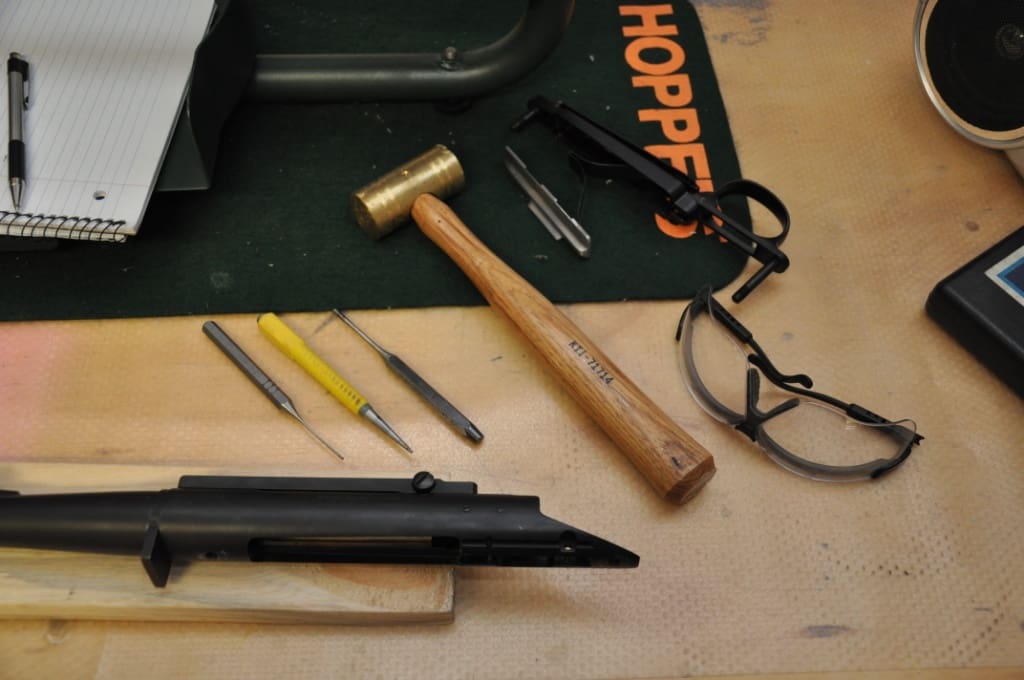 The pillar sleeves require the factory trigger screw holes to be opened up to 9/16”. This is trickier than it sounds because you need to keep the new (larger) hole centered and perfectly perpendicular to the action. There are commercial jigs that will help you drill perfectly centered, but they are pricey and you’ll only likely use them a couple of times. Some are also rifle specific, so you would need to get multiples if you plan to bed many different types of rifles.
The pillar sleeves require the factory trigger screw holes to be opened up to 9/16”. This is trickier than it sounds because you need to keep the new (larger) hole centered and perfectly perpendicular to the action. There are commercial jigs that will help you drill perfectly centered, but they are pricey and you’ll only likely use them a couple of times. Some are also rifle specific, so you would need to get multiples if you plan to bed many different types of rifles.
To open up the screw holes, I first drilled each hole with a stepped drill bit. I drilled from both sides (action side and trigger guard side) to minimize any canting and chip-out of the new hole. Once the hole was opened up to ½”, I used a ½” dowel rod to serve as a “guide”. Marking the center of the dowel allows you to perfectly center the 9/16” Forstner drill bit and ensures that the new 9/16” is perfected centered over the original hole.
Once the holes are properly sized, you need to check fit. I used a rat-tail file to gently open up the hole so that the sleeves could easily be pushed in and out. After that, I roughened up the inside of the holes with a grinding bit and a Dremel. I also opened up the upper portion of the holes with a stepped drill bit, creating a “trench” around the top of each pillar. My theory here is that the Acraglas will be able to flow down and around, and create a mechanical lock with the tops of the pillars.
There are two basic pillar designs – solid and adjustable. The ones I used were solid and needed to be trimmed. There are a few ways of determining the correct length. The method I used was to install the pillars onto the action and insert into the stock. I measured in multiple locations around each pillar the amount that needed to be trimmed. I added 0.010” so that the trigger guard would stand “proud” of the wood on the underside of the stock. I used an old plumber’s trick to cut mine and I made sure they were square with a small file and engineer-square. If you had access to one, or perhaps a friend with one, a lathe would make this step easier and extremely precise.
Here is where you have 2 options – you can bed the pillars and action all at once, or you can do what I did and epoxy the pillars in place before bedding the action. I simply used some of the release agent that was included in the Acraglas kit and coated the bottom of the action. I cleaned the pillars with denatured alcohol and installed them in place using the trigger guard screws. I coated the pillars and filled in the “grooves” on each pillar with the 5-min epoxy and set them in place.
I gave the pillars a few minutes to set up. In the mean time, I lightly (very lightly) wrapped the stock and action with the surgical tubing. Since the trigger guard screws were holding the pillars to the action, the tubing provides a surefire way of ensuring the pillars with set where they are supposed to. After 10 minutes, I removed the trigger guard screws and the action came right off of the pillars.
Now that the pillars are in place, I prepared the inletting to accept the bedding compound. I used a sharp ½” chisel to hog and dish out the areas where I wanted bedding material to build up a bit. After getting the stock dished out sufficiently, I drilled six 1/8” holes around the front pillar to give as much “bite” as possible to the bedding material.
Using more clay, I molded some “dams” in the stock where I didn’t want the bedding material to flow in to. After that, I wrapped enough tape around the middle of the barrel to keep it level and to prevent it from tipping forward when the trigger guard screws were removed. Using masking tape, I covered the edges of the stock to prevent the Acraglas from overflowing and clinging to the outside.
At this point, I cleaned all of the exposed wood that was to be filled with Acraglas and the receiver with denatured alcohol and let it thoroughly dry. I put 2 layers of masking tape under the barrel, and a single layer to masking tape on the front, bottom, and sides of the recoil lug. The back of the recoil lug was not taped to ensure a perfectly molded area for the recoil lug to rest on. I used a “hobby brush” and put on two thin coats of release agent and let dry.
Time to do the deed! I mixed up the Acraglas according to directions and added a bit of the included black die to better match the stock. From my experience, it is best to “fold” the epoxy and not “whip” the resin and hardener together. By whipping the compounds together, you end up with trapped air bubbles that will undoubtedly show up on the surface and throughout the core of the bedding material.
I used a popsicle stick as a miniature spatula to scoop the mixed bedding into the stock. I worked the Acraglas material into the holes, crevices, and hogged out areas to ensure no air bubbles are trapped. Even though I was going to “press” the action and force out excess material, the bedding compound is thick enough to trap a large air pocket. I used a Q-tip to clean out some bedding material that made its way into the pillars.
I then slowly pressed the action into the stock, trying my best to keep it as square as possible as I worked it down. Once in place, I used some more Q-tips to clean out the bedding material that seeped into the trigger guard screw holes. I applied some more “fresh” release agent and installed the trigger guard screws that had already been treated with release agent.
Now you have to hurry up and wait. Hurry up and make sure that the bedding material hasn’t worked its way into a place that it shouldn’t have. After that, you can scrape and wipe away the excess bedding material that worked up and out of the stock. Flat toothpicks proved to be extremely useful for this. At this point, you just have to sit and wait. And hope that you didn’t miss a hole with the modeling clay. Every hour, I slowly loosened and retightened the trigger guard screws. After waiting 8 hours, I removed the action from the stock.
I had to use a dead-blow rubber mallet to separate the two. It required much more force than I was expecting, almost to the point where I was worried that I screwed something up. However, after a few good hits with the hammer (that I padded with a dish towel), the action popped up ever so slightly. To get the two parts fully separated, I had to “see-saw” the action out. Once out, I inspected my work and removed the tape from the underside of the barrel, stock, and recoil lug.
The only thing left to do at this point was some minor shaping and reassembly. I used some 220-grit sand paper and cleaned out the recoil lug channel, barrel groove, and magazine well. I also put a light chamfer on the front end of the recoil groove to help facilitate disassembly.
One thing I wanted to note here is that the modeling clay I used took FOREVER to get it all out. If I were to do this all over again, I’d try to use more tape and perhaps plumbers putty. I would also put a thin layer of release agent on/in the recesses before filling with clay/putty to help with removal. I spent at least 2 hours getting all of the nooks and crannies “declayed”.
Another step I would do differently would be to use duct-tape, or a heavy vinyl tape under the barrel and on the recoil lug. The masking tape absorbed some of the bedding material and stuck to it, requiring a bit of X-acto knife work to get out. Luckily, the release agent allowed all traces of tape to be removed.
I saw on the Brownells’ website, after I had already started the project, that they sell a “spray on” release agent. I have used spray on release agents before when working with fiberglass and polymer molds. They make quick work of applying release and typically allow more uniform coverage. The 16-oz can is a tad pricey, but would likely last for many, many molding projects.
Overall, the Acraglas kit worked out great. The mixture really is as smooth as butter and doesn’t run into places that it shouldn’t. For $30, you get just about everything you need to properly bed your rifle action. For less than $12 more, you can get high-quality yet light-weight pillars that will further strengthen your stock.
Around here, if you can find a gunsmith that will bed your rifle, you can expect to pay $200 to $225. The closest gunsmith to me that would do it has a shop over 60 miles away. Figure an extra $20 for the gas bill (or shipping charges) and the money saved really adds up. The Acraglas kit is convenient and consists of quality materials. If you should find yourself in a jam, don’t forget that Brownell’s offers free technical support for all of their products sold.
Keep an eye out for Part III where I’m going to see how well the rifle shoots.

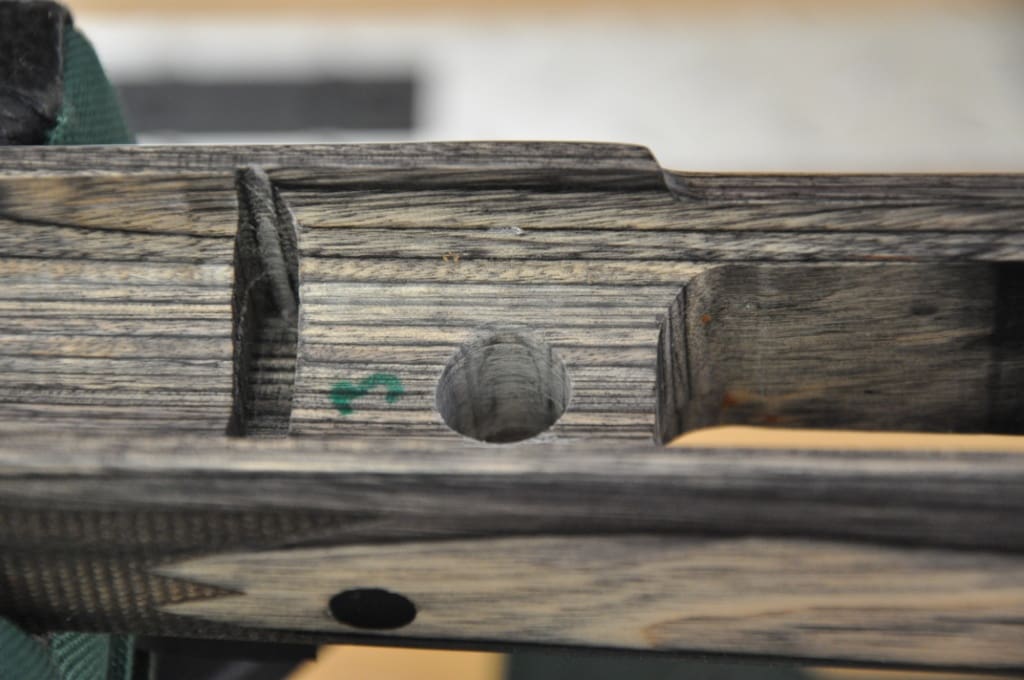
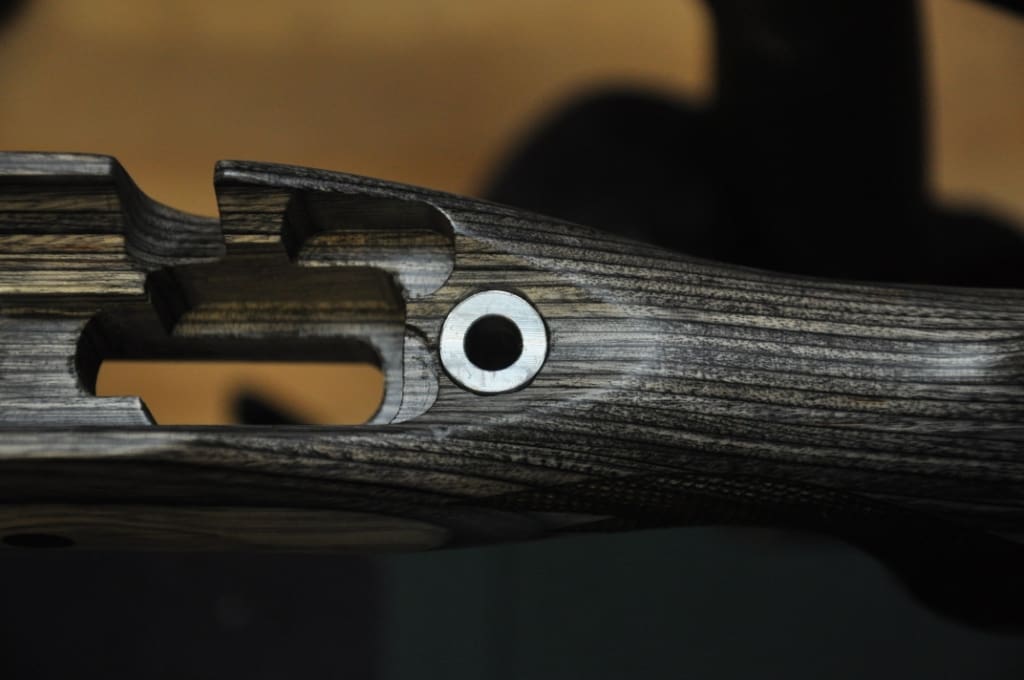

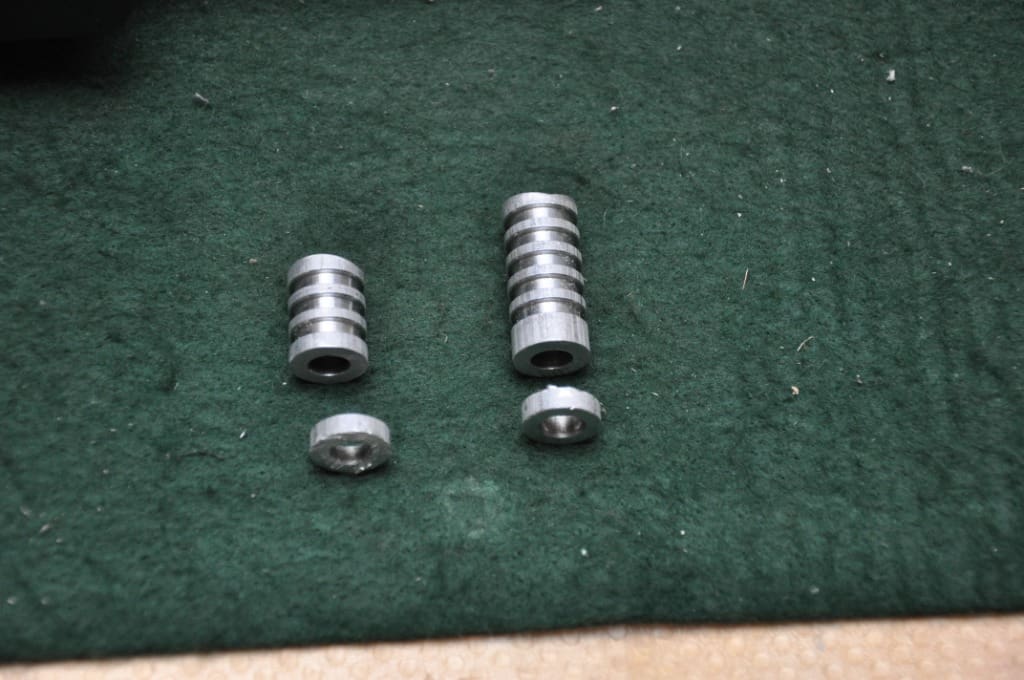

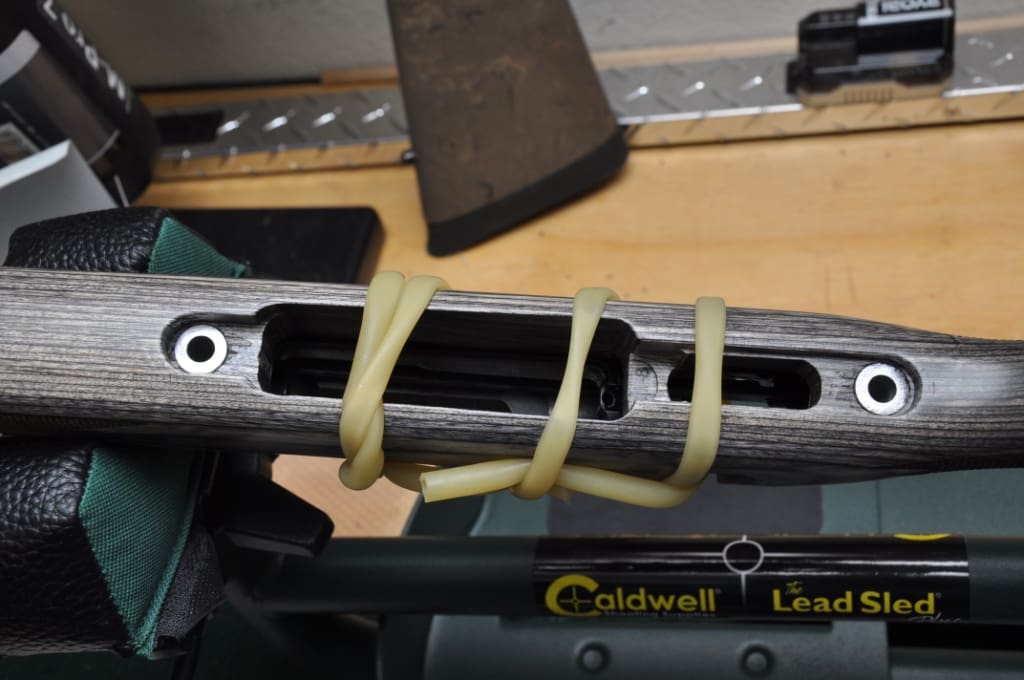








Great writeup and pics – thanks. I can’t wait to see how this turns out.
i have had 4 rem 700s and still have 3, with the proper load ( here i have used just 1 load each in 223 rem 748 win, 270 win4350mimr, and 7 mm mag 4831 imr) and each rifle has shot near or under ( the 223) 1/2 ” on the 223 i adjused to trigger using the site remington crisp for over travel, take up however it does not tell you how to lighten the trigger pull you need to use the third screw for that now the 223 is the best of all trigger jobs i have done with no creap and no over travel as i use the “old” mod 700 varmit for target and varmit shooting it breaks at just over 20 oz!
Comments are closed.